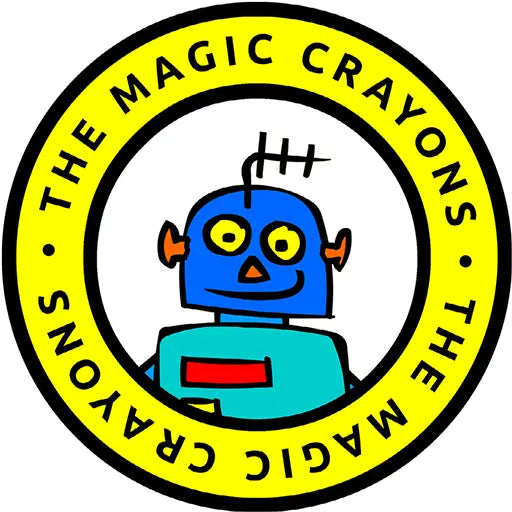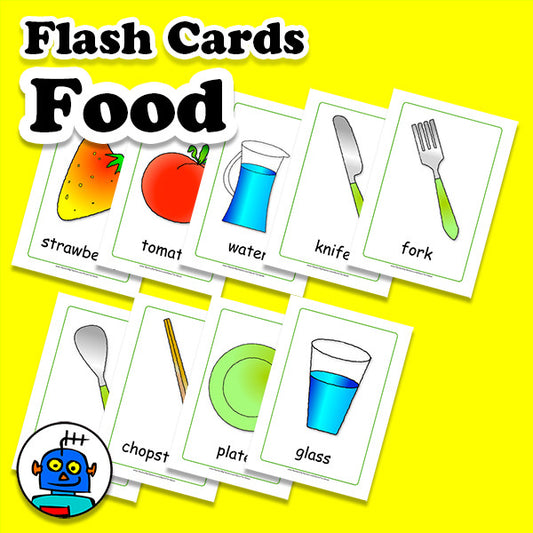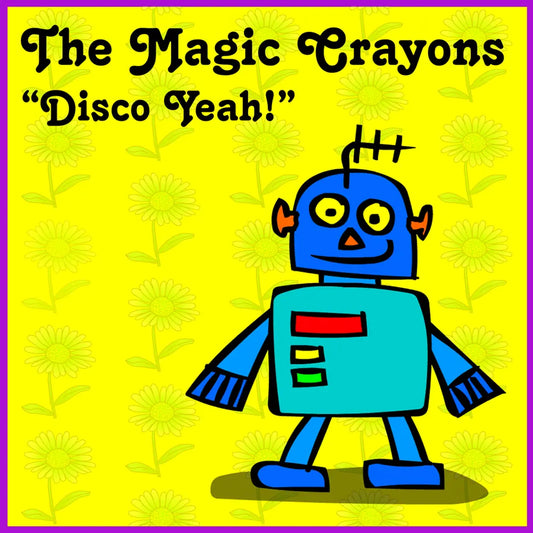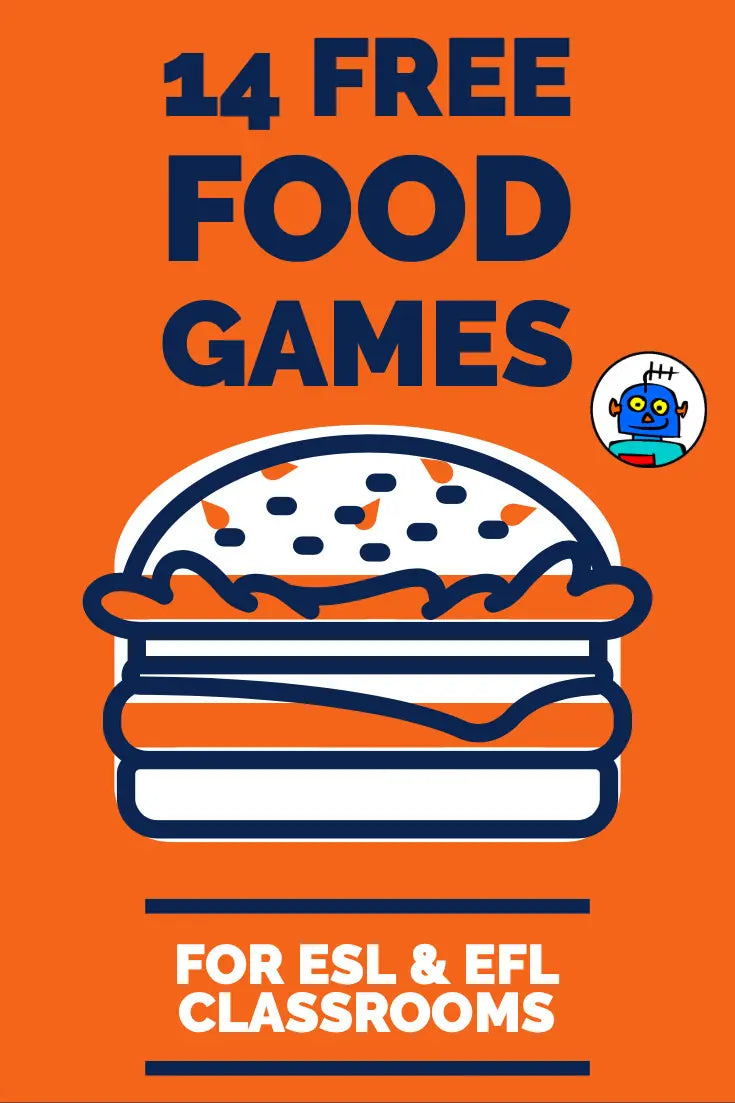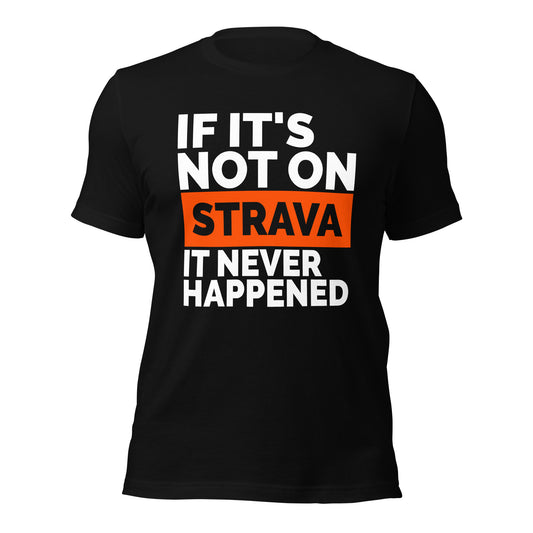
Free Food & Cutlery Games for the ESL Classroom
Fun & Interactive Activities. Teach food and cutlery vocabulary with engaging ESL games for young learners!
>Games >Food & Cutlery Games
Welcome to our collection of free food and cutlery games designed for ESL and EFL classrooms! These fun and interactive activities are perfect for teaching food vocabulary, cutlery names, and related English phrases to young learners. Using engaging flash cards, toy food props, and team-based games, your students will develop their speaking and listening skills while having a blast. Ideal for kindergarten, preschool, and early English learners, these games help make learning about mealtime vocabulary both educational and enjoyable!
-
1. What's For Lunch?
Resources
- Small Bag
- Toy Food (Amazon #Ad)
How to play
Class Size: All
Get the students sitting down in a circle. Place one of the plastic food items in the bag without the class seeing which one it is. Have the students pass the bag around the room, guessing what is inside. Ask the students what they think it is, and have one of the students (otoubansan?) open it to see if they are correct. Towards the end, place non-food items in the bag for maximum deception and hilarity.
Set the Table Race- Dave S
Best suited level: Cho. Chu with more support.
Flashcards to use: food (though any will work)
Class size: whole class
Set up: If possible, it would be good to use coloured tape to put lines down on the ground to indicate where the teams should line-up. You also need props - chopsticks, paper cups and plates, plastic forks and spoons (use your judgement on giving your kids plastic knives!), and placemat photocopies (from the office) -
Divide the class into two teams (or more if a large class) Have them sit down in lines. Give each team a name, like 'apple team', 'banana team' etc. If you have a long seika class, let the kids decide their own team name. On the other side of the room, lay out all the cutlery and plates/cups (one for each team). Then put a placemat photocopy in front of each of the teams (to put their things onto)
Model the game by joining one of the teams and stand at the front of the line. Call out a vocab item and then have the kids say 3-2-1 GO! before you run over to the cutlery and plates to find the right item. Run back to the placement, and model clearly that the kids should get the correct item, and put it in the correct place on the mat. An incorrect item, or incorrect placement gets zero points. Sit at the back of the line when the round has finished.
With the teams sitting in their lines, shuffle the cards and then everyone says 3-2-1 GO! Turnover the card (or simply just say it) to the front member of both (or all if more than one) teams. Give the team that correctly gets the right item and places it correctly a point and then encourage the entire class to repeat the vocab. Repeat.
-
2. Picnic Ants
Resources
- Toy Food (Amazon #Ad) at least one item per student
How to play
First separate the kids into two or three teams, and make sure each kid on the team has a partner, and line them up on one end of the room. On the other end of the room, lay the fake food on a picnic basket. Convey to the kids that they are ants and they want to get the
food from the picnic.
Put the pair of kids back to back with linked arms sitting down. Say "Get Banana. 1, 2, 3, Go!" The kids still back to back and arms linked get up run to the picnic blanket and get the food item and get back to their team and sit down. It is unlawful in this game to unlink arms at anytime.
Fastest team is the champion! Demonstrating with the teacher would be a good idea. -
3. Yummy Disgusting
Resources
- Food Flash Cards
- Yummy Yukky The Book (Amazon #Ad)
How to play
Prep: assemble a good 'ole stack of cards from previous months, plus the food cards
How to play: Teach or review 'Yummy' & 'Yucky' (or 'delicious' & 'disgusting' or whatever you like). Divide the class into 2 teams & have them line up in front of you. Show the first 2 students a random card from your stack. The first student to correctly identify it as either 'yummy' or 'yucky' wins the point. Continue until your stack is depleted.
Note: Don't worry too much about matters of opinion: for the sake of this game, all of the food cards are considered yummy, while everything else - monkey, slide, witch, table - is yucky. If Kento complains because he thinks chicken is yucky, tell him he can take it up with the head office. -
4. What’s Your Favourite Food?
Resources
- None
How to play
Divide the students into 2 teams and have them line up in the middle of the room. The team that is lined up on the teachers left side is to jump towards the left wall, the team lined up on the teacher’s right side is to jump to the right wall. The teacher then asks the kids “What’s your favourite food?” and slowly reveals a card. The team that answers first and correctly gets to take one jump towards the wall. The trick is that the kids only get to jump if they answer with a full sentence, “I like …………” The team that gets to touch the wall first are the winners. I find it best to spend a few minutes explaining that one word answers are incorrect for this game, and once the kids realize this they start to produce the full sentence “I like ……..”
-
5. Cutlery Contest
Resources
- Food Flash Cards
- Knife, fork, spoon, plate, cup (Amazon #Ad)
- Chopsticks (Amazon #Ad)
- Place mat printout. Laminate for longevity.
How to play
Class size: whole class
Additional productive/receptive English: What’s this? Its a___.
Set up:
Introduce or review the vocabulary using props. Arrange the children in teams of up to 6 members opposite a table mat. Each teams props are on a chair next to their place mat. Model clearly how to do the game using yourself as a contestant. Explain clearly that each item must be placed exactly in the right place. The game will become chaotic if you don’t.
To play:
Teacher says the name of an object. First child from each teams runs up and places said object into the correct position and returns to the back of their team. Award a point to the team that does it fastest (and neatly). Repeat until all the objects are in the correct place on the mat. For comedic effect occasionally call out fictional objects to keep them focused.
Safety: Note that children run to the knives and forks,not with. -
6. Air Drawing
Resources
- None
How to play
Time: 5 minutes
Receptive Language: ‘Draw a ______’
Productive Language: ‘It’s a ______’
Game Explanation: After reviewing the cards you want to focus on, indicate to the students that you will draw one of the cards in the air with your finger. The first student or team to correctly identify what you’ve drawn scores a point. Older students may be able to air-draw the cards themselves.
Note: See also: Back to Back -
7. Fruit Rolling Roleups
Resources
How to play
Set up:Make zerox copies of all the fruit cards. Have enough made to fit your class. Display all the fruit cards in front of the younglings and all the xerox copies on either chairs or on the floor. The children are in four teams. Call out a fruit and each child must run and find the xerox copy of the fruit you called, role it up and hand it to you..Remember that they are Shos still so points are not that important.
Food Resources
-
English Food and Cutlery Flash Cards | Digital Download
Vendor:The Magic CrayonsRegular price $3.00 USDRegular price -
Sho Fruity. English Food Song about Fruits
Vendor:The Magic CrayonsRegular price $0.99 USDRegular price -
Chu High Food and Vegetables Song
Vendor:The Magic CrayonsRegular price $0.99 USDRegular price -
The Magic Crayons, Disco Yeah! Album, Digital Download. Original Children's Songs
Vendor:The Magic CrayonsRegular price $15.84 USDRegular price
-
8. Set The Table Race
Resources
- Food Flash Cards - although any will do
- Chopsticks (Amazon #Ad)
- Paper cups and plates (Amazon #Ad)
- Toy forks and spoons (Amazon #Ad)
- (Amazon #Ad)
How to play
Class size: whole class
Set up: If possible, it would be good to use coloured tape to put lines down on the ground to indicate where the teams should line-up. You also need props - chopsticks, paper cups and plates, plastic forks and spoons (use your judgement on giving your kids plastic knives!), and placemat photocopies (from the office).Divide the class into two teams (or more if a large class) Have them sit down in lines. Give each team a name, like 'apple team', 'banana team' etc. If you have a long seika class, let the kids decide their own team name. On the other side of the room, lay out all the cutlery and plates/cups (one for each team). Then put a placemat photocopy in front of each of the teams (to put their things onto)
-
Model the game by joining one of the teams and stand at the front of the line. Call out a vocab item and then have the kids say 3-2-1 GO! before you run over to the cutlery and plates to find the right item. Run back to the placement, and model clearly that the kids should get the correct item, and put it in the correct place on the mat. An incorrect item, or incorrect placement gets zero points. Sit at the back of the line when the round has finished.
With the teams sitting in their lines, shuffle the cards and then everyone says 3-2-1 GO! Turnover the card (or simply just say it) to the front member of both (or all if more than one) teams. Give the team that correctly gets the right item and places it correctly a point and then encourage the entire class to repeat the vocab. Repeat.
-
9. Waiters
Resources
- Food Flash Cards
- Toy Food (Amazon #Ad)
How to play
Review the flash cards and sort them into 2 equal piles, one for you & one for the Japanese teacher. Two teams, each with an appointed waiter, & each team assigned to either you or the Japanese teacher. The first student on each team asks his or her waiter for a specific food item (using “I want...” if you like). The waiter approaches you (or the Japanese teacher) & asks for the card “chicken, please”. If you have the requested card in your stack, hand it over to the waiter, who delivers it to the student who asks for it & moves to the next student, who requests another food item & so on. The first team to clear out the cards held by the teacher appointed to them wins. This game can also be applied to virtually any month's vocab, should you be so inclined.
Like It Or Not- Dave A
Best suited for: Chus and Chos
Flashcards to use: Food / Any
Class Size: All
Set up: Line all the student's up in the middle of the room. Explain that the left side of the room is "Yes, I do" and the right side is "No, I don't." Show the students a food card and ask, "Do you like ____?" Student's have 5 seconds to run to either side of the room. Have them shout in unison "yes, I do" or "no, I don't." Start with food and slowly venture out to more amusing territory. Always end with "Do you like kancho?"
Bonus Variation! - Students guess what you or the Japanese teacher likes. Students who guess correctly receive a point. Change the productive language accordingly - "Does Yuki-sensei like bacon?" - "Yes, she does!" -
10. Windsweep Races
Resources
- Food Flash Cards
- Cut outs of flash card items
How to play
Time: up to 10 minutes
Receptive Language: instructions, flashcard vocab
Productive Language: flashcard vocab
Game Explanation: Prior to the lesson, trace, colour, & cut out representations of the flashcard objects you want to focus on (i.e., a sandwich, a hamburger, and a chicken drumstick). Divide the students into as many teams as you have cut-outs for. Demonstrate that on your command, the students race to ‘fan’ their team’s cut-out (using the matching flashcard) to the opposite wall (or any predetermined spot). Make sure that the students identify their card and cut-out before you begin.
Note: If some of the students have trouble fanning their cut-out, simply bend the cut-out in half so that it doesn’t adhere to the (probably filthy) floor. -
11. Spills And Thrills
Resources
- Food Flash Cards
- Toy Food (Amazon #Ad)
How to play
Materials: none
Time: 8-10 minutes
Receptive Language: instructions
Productive Language: flashcard (or category) vocab, ‘I like...’, ‘I don’t like....’, and, plurals
Game Explanation: Model the correct use of plurals & the word and by choosing a category & starting a simple list, using, if you like, a short introductory phrase such as ‘I like...’ or ‘I don’t like...’ (e.g. ‘I like apples and oranges’). Throw a die or ball to any student. The student must repeat your phrase and add a new word (e.g. ‘I like apples and oranges and grapes’). The student then passes the ball or die to another student in the circle, & so on. Play continues until a student fails to remember all of the words or can’t think of a new item to add to the ever-expanding list. Select a new category & continue. -
12. Fruit Toss
Resources
- Toy Fruit & Vegetables (Amazon #Ad)
- Box or Bucket
How to play
Time: 5 minutes
Receptive Language: instructions, fruit & vegetable vocab
Productive Language: fruit & vegetable vocab
Game Explanation: Good for very young classes (nen-sho). Have the students race to take whatever fruit or vegetables you call out. When most or all of the fruit & vegetables have been collected, sit the children in a circle & have them throw whatever items you call out for into a box or bucket. Simple but effective.
Note: Coloured chips, stuffed animals, and just about anything else can be used instead of plastic representations of carrots & broccoli. -
13. Find The Food
Resources
How to play
Time: 5-8 minutes
Receptive Language: instructions, unit vocab
Productive Language: unit vocab
Game Explanation: Divide the class into teams & have them sit down in team line-ups towards the back of the room with the first student on each team sat in a chair & the rest of the team sitting in a line-up behind her. Place a box or group of realia in front of each team (if 3 teams make sure you have 3 strawberries, if 4 teams 4 strawberries, etc). Make sure the realia is far enough away that the students have to run to pick it up. Place an empty box on a chair at the very front of the room; this is the ‘basket’ that the students have the drop the correct realia into. Model the game well so that the students know that when you say ‘Strawberry...3-2-1 GO!’ they must run to their box of fruit or utensils, find the object you’ve named, run & drop it in the basket & then run & sit down at the back of their team’s line. The first team to put the correct fruit in the basket & sit down the fastest scores a point. When all of the team members are sitting down, pick the fruit out of the basket & ask ‘What’s this?’ to get the students to use as much English as possible. -
14. Dirty Bear
Resources
- Food Flash Cards
- Toy Food (Amazon #Ad)
How to play
Time: 6-8 minutes
Receptive Language: instructions, food vocab
Productive Language: food vocab, ‘Do you like (food)?’, ‘Yes I do / No I don’t’, ‘Give me (food)!’
Game Explanation: Make a large circle on the floor with chalk or tape. One student - ‘Dirty Bear’ - sits in the middle of the circle, with the other students sat around the outside. Give Dirty Bear a food item flashcard, which she keeps secret from the other students. From your own stack of food flashcards - which also contains the card Dirt Bear is hiding - hand a food item card (‘chicken’) to one of the students in the circle and prompt them to ask ‘Hey Dirty Bear, do you like chicken?’ If Dirty Bear has a different card, she replies ‘No I don’t’ and play continues until there’s a match. When one of the students asks the ‘right’ question, Dirty Bear stands up and yells ‘Yes I do! Give me pizza!’ or whatever the food item is. Dirty Bear then chases the other students (while still calling out ‘Give me pizza!’) until she manages to tag someone, at which time the students swap.
Like it? Share it!
Best selling gifts
-
Cyclist T-Shirt – If It’s Not on Strava, It Never Happened
Vendor:The Magic CrayonsRegular price From $27.00 USDRegular price -
Yellow Forklift Certified Cap
Vendor:The Magic CrayonsRegular price $30.00 USDRegular price -
Backhoe Trucker Cap, Adult C004
Vendor:The Magic CrayonsRegular price $30.00 USDRegular price -
Road Grader Truckers Cap C002
Vendor:The Magic CrayonsRegular price $30.00 USDRegular price
